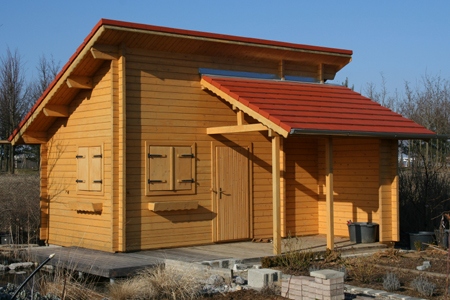
Are You Really Ready to Live in a Tiny Home?
Living in a tiny home of 500 square feet or so can be a way to pare belongings and expenses. But unless you’re already comfortable living in such a small amount of space—especially with another person—there are some things you may not be prepared for.
Here are four things you should know before buying a tiny home:
1. Built to be Mobile
If you’re going to build an on-site tiny home yourself, that’s one story. If you’re going to have a company build your tiny home, expect it to be mobile (on wheels) so you can drive it to an RV park, private property or elsewhere and live.
A house that doesn’t move on wheels takes enough of a beating from the weather and occupants so that things wear out and have to be replaced. A tiny home can cost more to build than you think so that it can withstand a move.
2. Energy Needs
Just like an RV, a tiny home will need hookups for water, electricity and sewage. A tiny home can be built to go completely off the grid so that it doesn’t need public utility services—with solar power, a water tank and composting toilet—but chances are that at least one service will be needed.
If a tiny home is built well, it will be very energy efficient because of its small size and other factors.
3. Fewer, Smaller Belongings
Having fewer belongings is an expected part of living in a tiny home. Storage areas can be tight and small, so plan on buying things that fit in the new spaces.
A smaller couch, for example, may have to replace an older and bigger couch, or you may want a portable bedroll instead of a mattress to take up less space when it’s not being used.
4. Insurance, Financing Change
If you’re going to make your tiny, mobile home actually mobile, then hauling it has some different expenses than a standard home does. If the house is certified as an RV, you’ll need RV insurance. If the home is built on a trailer, you’ll need cargo trailer insurance. You may also want a basic homeowners insurance policy to cover theft and damage from fire, for example.
If you can’t afford to buy a tiny home outright so you can live debt-free, you may have difficulty getting a loan for a tiny home from a traditional mortgage lender. They may require that a home have a foundation and could have minimum loan amounts, which would require borrowers to get an RV loan or an unsecured personal loan, instead.
